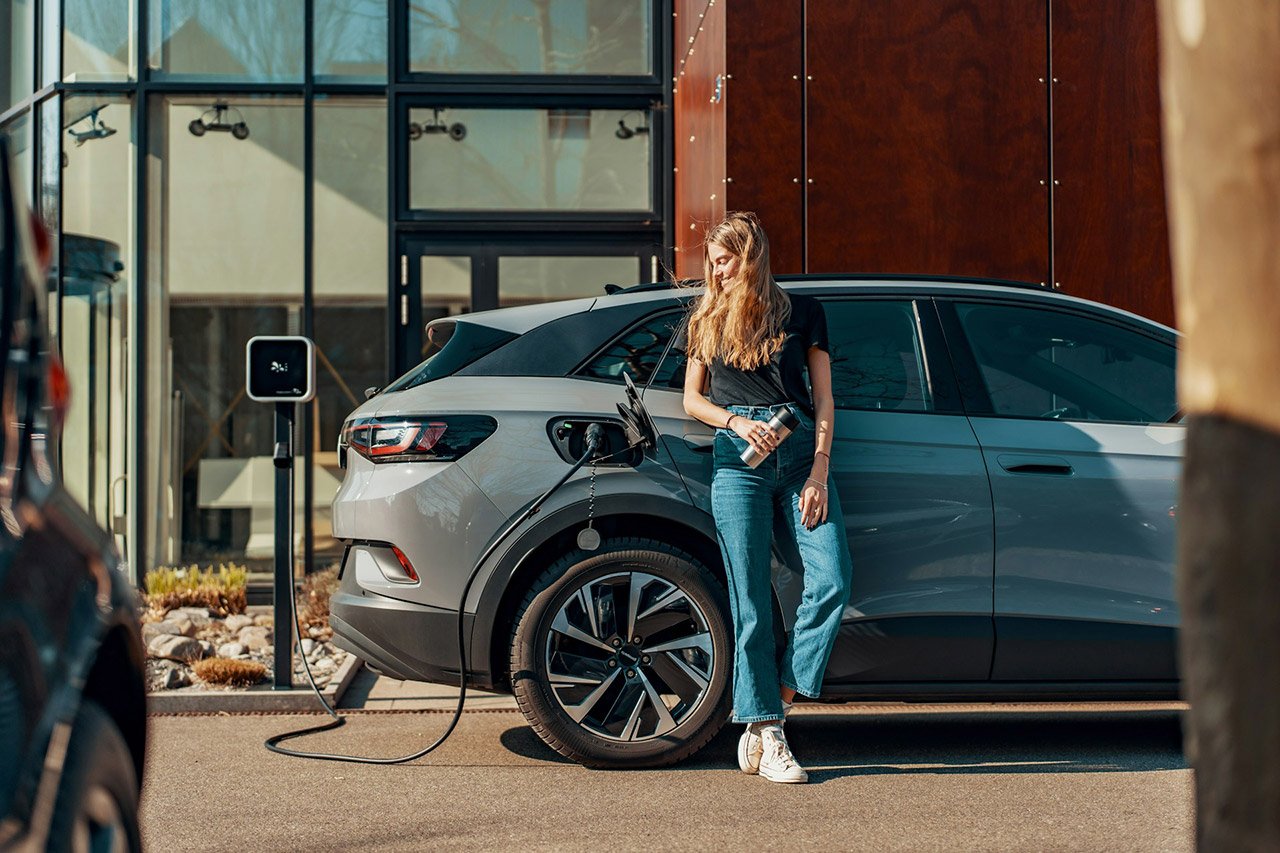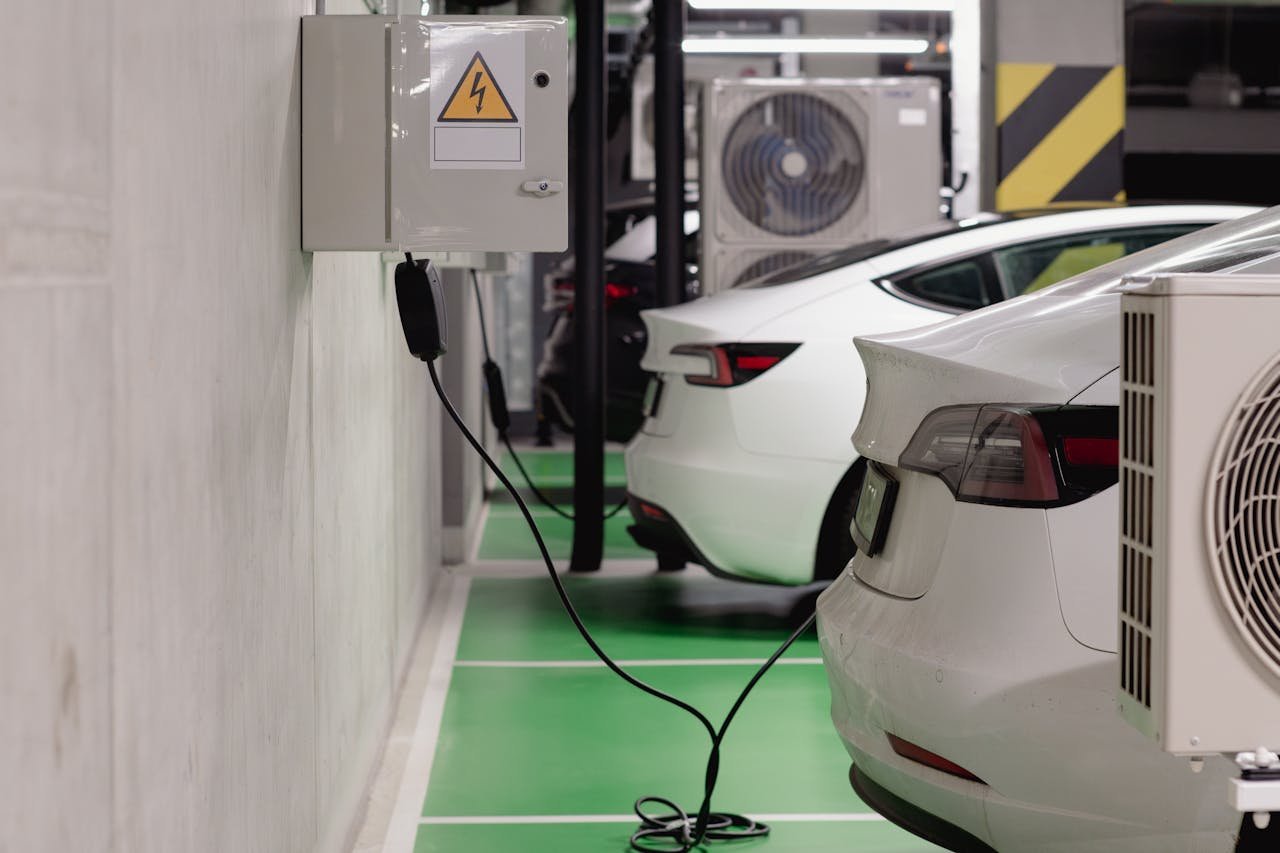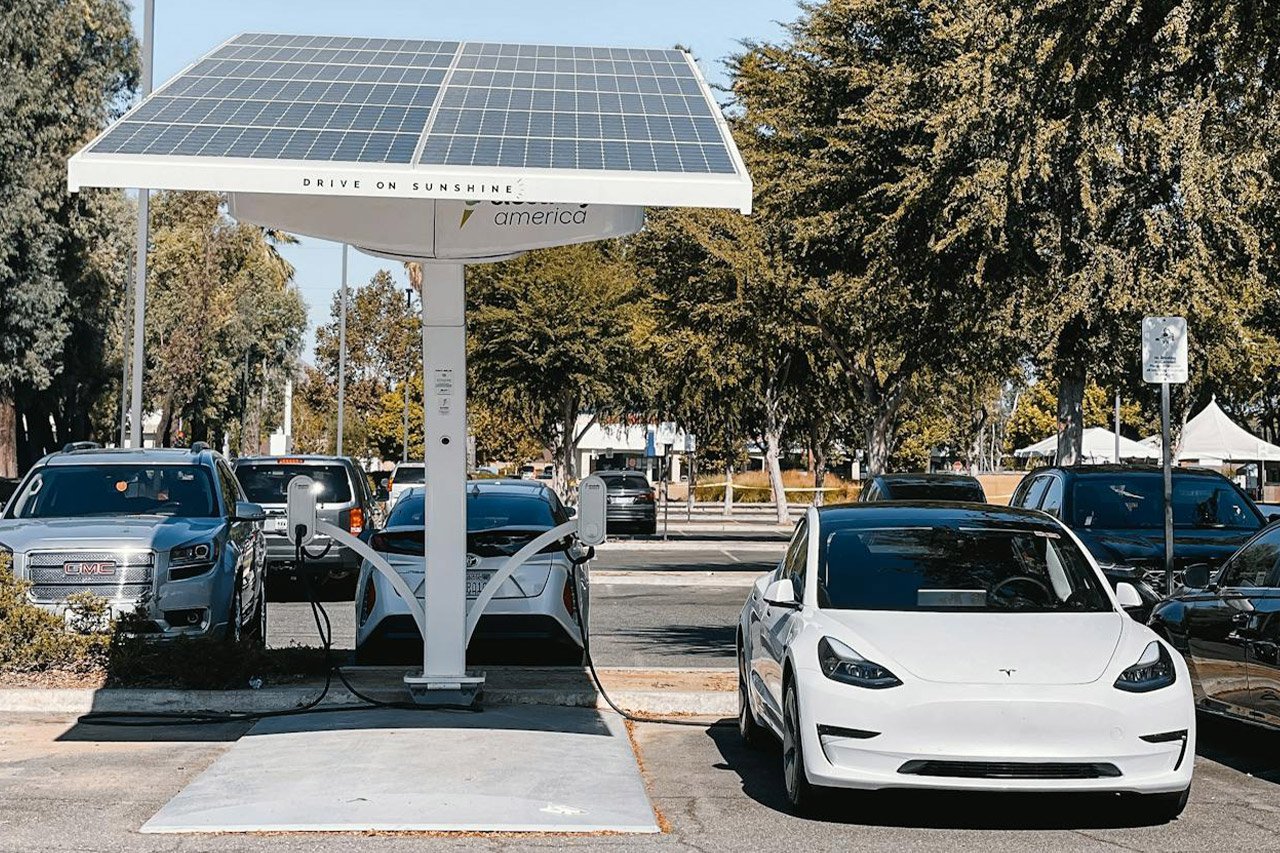
India is on the verge of an automotive revolution, and it has taken the first step by choosing Electric Vehicles (EVs) as the way ahead. While the rise of EV adoption in India currently lags behind some of the globe’s other leading economies, it is quickly closing the gap toward this vision with hopes for a cleaner environment, reduced import bills on oil, and building a robust manufacturing base.
India has topped the world’s automobile industry, as witnessed by being the third-largest country in sales volume worldwide through 2025. It further prides itself in being the fourth wealthiest automobile firm worth more than US$100 billion and also fourth in production volume. Indian automobile industry growth is now being fueled by intense government and public-private partnerships toward decarbonization and electrification on Indian roads to unprecedented levels.
The Road Ahead: The Momentum of EV Acceleration
The EV tsunami around the world, sparked by technology and policy changes, is irreversible. Even in India, there is a tsunami in the same direction being created by green and economic reasons for managing pollution and energy independence from foreign fossil fuels.
India’s electric vehicle (EV) market grew primarily by more than two million units in CY2024 or a 24% increase from previous-year sales of 1.6 million. Two-wheelers outshone other segments with about 60% (1.2 million units) of the overall sales, followed by electric three-wheelers at 694,466 units and electric passenger vehicles at almost 100,000 units. This growth positions India as the globe’s fastest-growing EV market with firm conviction.
What’s Powering the Shift? Key Factors Fueling Rise of EV Adoption
While electric vehicles (EVs) are gaining traction in India, there are straightforward yet effective catalysts that have fueled the change.
Government Support and Policies
The government of India is simply making it easy for the people to transition to EVs. With schemes such as the FAME-II scheme with an extensive outlay of ₹11,500 crore, over 1.6 million EVs have been supported till March 2025.
Environmental Issues and High Fuel Costs
Using petrol and diesel vehicles all cost too much because fuel costs go up and down. But EVs only cost a minimal amount to drive and there is no need to worry about the fuel. The overwhelming majority of purchasers (67%!) say that they consider pollution and climate change before purchasing a vehicle. This is one factor causing most people to choose green EVs.
Challenges in the Rice of EV Adoption?

Despite the strong growth, India’s EV experience has a few major challenges to overcome:
Shortage of Charging Infrastructure
India’s EV public charging infrastructure has grown at a quick pace to 26,367 points through March 2025, with over half of them going online in 2024 alone. But that is still far from the 2.3 million chargers required by 2030 to support mass EV adoption. Another one of the key problems is the imbalanced installation of these charging points. States like Karnataka (5,879 outlets) and Maharashtra (3,842 outlets) are in the lead, but rural and remote regions trail behind to a significant extent. Such infrastructure lag discourages marketing EV take-up in smaller towns and villages, which is an enormous barrier to reaching national penetration.
Range Anxiety & Affordability
One of the largest concerns for prospective EV owners is range anxiety, the worry that the car will run out of power en route to a charging station. This is still a fear even with improved technology. Newer electric cars are, however, now providing much improved range. Most mass-market cars like the Tata Nexon EV have a range of 275 km to 489 km on a single charge, and even most luxury EVs can easily cover more than 500 km. This is bringing down the anxiety, but continued improvement and more widespread charging network coverage are still needed to make one completely confident.
Consumer Awareness and Myths
Many Indian consumers don’t know how EVs can help them in the long run. There are still a lot of myths about how long batteries last, how they work, and how well they work. For instance, people still believe that batteries lose value quickly. However, new batteries only lose 5–8% of their value after 100,000 miles, and 8–10-year warranties are now the norm. Launching special campaigns to inform consumers and break down these myths is very important.
India’s EV Landscape: Where Do We Stand?
India’s two and three-wheeler EV market is booming rapidly. Retail sales for three-wheelers by June 2025 had surpassed 60% EV penetration, electric two-wheelers 7.3%, and passenger vehicles 4.4%. Industry leaders like Tata Motors (38% of H1 2025 passenger EV market share), JSW MG Motor India (32%), and Mahindra & Mahindra (17%) are spearheading this boom. Ola Electric and Ather Energy lead electric two-wheelers, while Mahindra Last Mile Mobility leads electric three-wheelers.
State policy is driving the game, with Uttar Pradesh (19% of India’s FY2025 EV sales), followed by Maharashtra, Karnataka, and Tamil Nadu, leading overall as well as segment-wise adoption of EVs. The decentralized model allows for regional solutions to work at solving local issues and market trends.
The Role of Innovation: Startups, Tech & Sustainability

India’s electric vehicle revolution hub is all innovation. A hub of young Indian startups that revolves around electric vehicle innovation is transforming the landscape:
- Battery Swapping: This technology, unlike conventional belief, especially in two and three-wheelers, is a quick and hassle-free replacement for traditional charging. Sun Mobility and Bounce launch smart, IoT-enabled battery-swapping kiosks where new batteries can be swapped with old ones within minutes, reducing downtime and fear of depletion of charge to a large degree. The launch of the “Battery Passport” system will further facilitate this process.
- Solar Charging & AI in EVs: Solar charging of EVs is a highly viable means of completely sustainable transport, as India gets an abundance of sunlight. Pilot programs are already demonstrating the viability of solar-charged charging points along with the recycling of batteries. Besides this, Artificial Intelligence (AI in EVs) is transforming the driving experience, from advanced driver assistance systems and battery management optimization to allowing predictive maintenance and customized in-car experience.
- New-Age EV Startups in the Spotlight: Apart from the veterans, a few new names such as Ather Energy, Ola Electric, Enigma EV, and Euler Motors are leading the innovation drive, working on intelligent scooters, electric commercial vehicles, and next-generation battery technologies to push the country towards a cleaner tomorrow. Others, such as Ultraviolette, are leading the innovation trend in embedded technology.
- Two-Way Vehicle-to-Grid (V2G) Technology: This technology supports two-way energy flow, where the EVs not only draw energy from the grid but also supply energy to the grid in an effort to stabilize it. Pilot projects have already begun in Kerala and Delhi.
- Second-Life Application & Recycling: In a bid to render the environmental component of batteries more sustainable, India alone produces about 50,000 tons of waste lithium-ion battery waste yearly. As much as 90% of the material worth recovering is being recovered by Attero and Lohum and utilized in second-life applications for aged EV batteries within stationary energy storage systems, with even greater sustainability.
The Future Is Electric: What Lies Ahead?
The future of electric vehicles in India is assured and bright.
- 2030 forecasts: The Indian government has aggressive goals to go for EVs by 2030. These are 30% of private cars, 70% of commercial vehicles, 40% of buses, and an enormous 80% of two- and three-wheelers. If India manages to do so, it will have as many as 80 million EVs on Indian roads within the next five years. The market is also likely to become worth USD 113 billion by 2029 and is expanding at a whopping CAGR of 66.5% during 2022-2029.
- User behaviour and Public-Private Partnerships: To achieve these objectives, effective public-private partnerships will be needed to spur the development of charging infrastructure, promote local manufacturing, and facilitate innovation. There should be collaboration between public institutions, private enterprises, and financial institutions to develop a smooth and friendly ecosystem.
Conclusion
As more people gain confidence in the technology and the economic and environmental gains start to become more apparent, the electric mobility transition will be steadily accelerated. The speedy growth of e-fleets and commercial EVs, with the likes of Amazon India planning for 10,000 EVs by 2025 and more than 5,000 electric buses already in operation on Indian roads, characterizes this behavior change.
It can be observed that India remains dedicated to electric mobility. Together with overcoming the present challenges through a concerted effort, good policy mechanisms, incentives, mass education campaigns, and ongoing innovation, India is on the cusp of leading toward an actual electric, sustainable, and cleaner tomorrow.

